1616 The French explorer Samuel de Champlain arrived on the northern shores of Lake Huron opening the Great Lakes to further exploration. Champlain was a settler, navigator, cartographer, draftsman, soldier, explorer, geographer, ethnologist, diplomat, linguist, administrator, and chronicler. He made more than twenty trips from France to Canada, founded Quebec City and Ottawa and is regarded as the Father of New France. He also mapped Lake Nipissing near North Bay where I taught a term for l’Université Laurentienne.
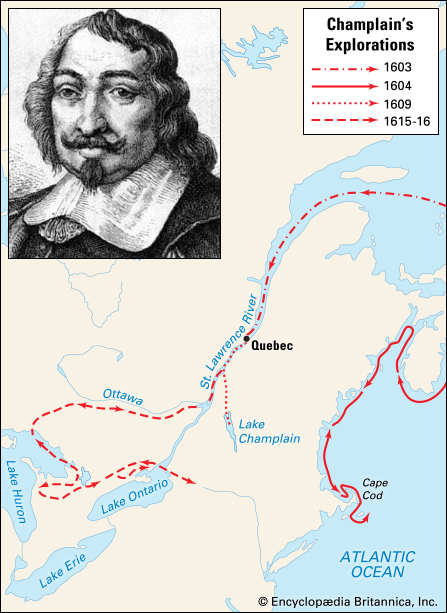
1648 The cornerstone of Amsterdam town hall was laid. It was tarted up and expanded when Napoleon made on his brothers King of the Dutch. It features in our storied Amsterdam video. A biography of the city is discussed elsewhere on this blog.
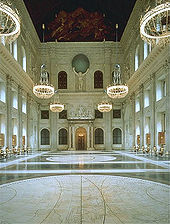
1841 At the end of the First Opium War China ceded the island of Hong Kong to the British who had invaded southern China to crush opposition to the British trade in opium from Afghanistan. Some of the opponents to the trade were Christian missionaries. We have been to Hong Kong more than once. It teems.
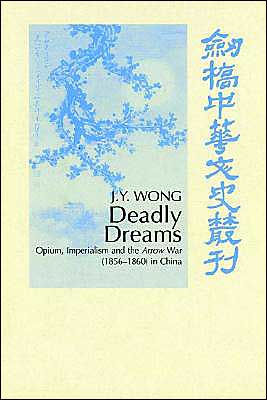
1921 Kemal Attatürk declared the Republic of Turkey with a short constitution. It emerged from the rubble of the Ottoman Empire. We visited his tomb in 2015. A biography of Attatürk is discussed elsewhere on the this blog. Though he despised all things Greek, he was a philosopher-king pace Plato.
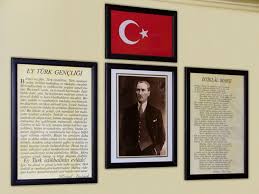
1937 FDR became the first US Presidential inaugurated on January 20 as he began a second term. Inauguration date had previously been 4 March but that date from a November election led to a long interregnum of nearly six months. The long time was to allow for Eighteenth Century modes of communication and transportation. It was changed to a closer date to reflect both technology but also the dangers of the world.
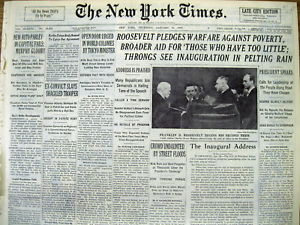
Month: January 2019
19 January
1825 Ezra Daggett and son-in-law Thomas Kensett patented food storage in hermetically sealed tin cans. They switched from jars which broke to tin containers for fish, fruit, and vegetables.

1915 George Claude patented the first neon tube in patent no, 1,125,476. He had first displayed neon tubes in Paris in 1910. His company held a virtual monopoly on neon lighting into the 1930s because of this patent.
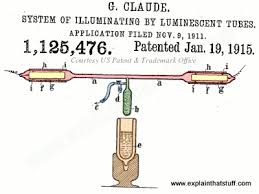
1937 Howard Hughes flew non-stop from Burbank CA to Newark NJ in seven hours and 22 minutes. In 1936 he had done it in nine hours and 27 minutes. All of this before he entered his full nutso phase. In 2003 a Concorde did the trip in just under four hours.
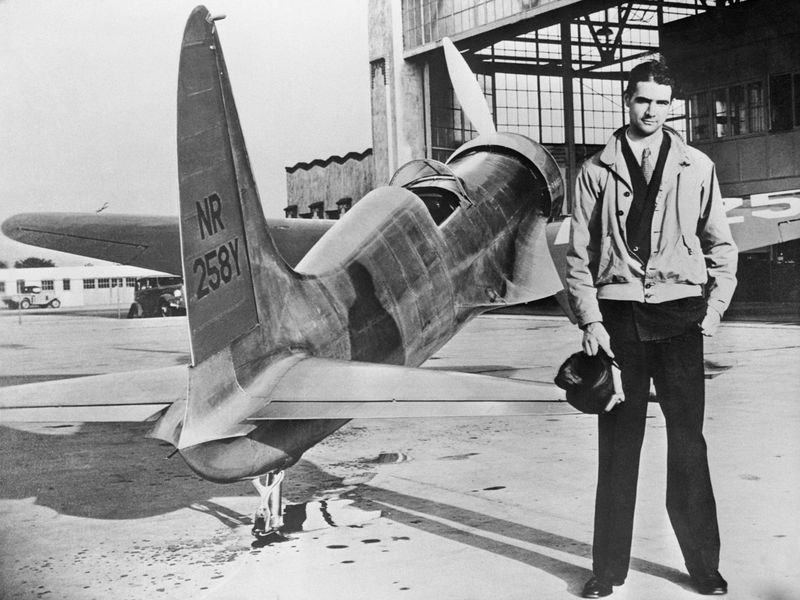
1966 Australia’s longest-serving Prime Minister, Sir Robert Menzies, retired. He out manoeuvred many rivals and opponents, while weathering many a storm.
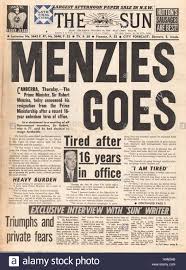
1983 The Apple Lisa the first commercial personal computer to have a graphical user interface and a computer mouse. The Lisa was targeted at businesses and cost $9,995 (about $25,258.61 today) and because of that price tag it languished. Apple does not always get it right. However today Maserati is small potatoes compared to Apple, as indicated by the pathetic newspaper advertisements it now runs.
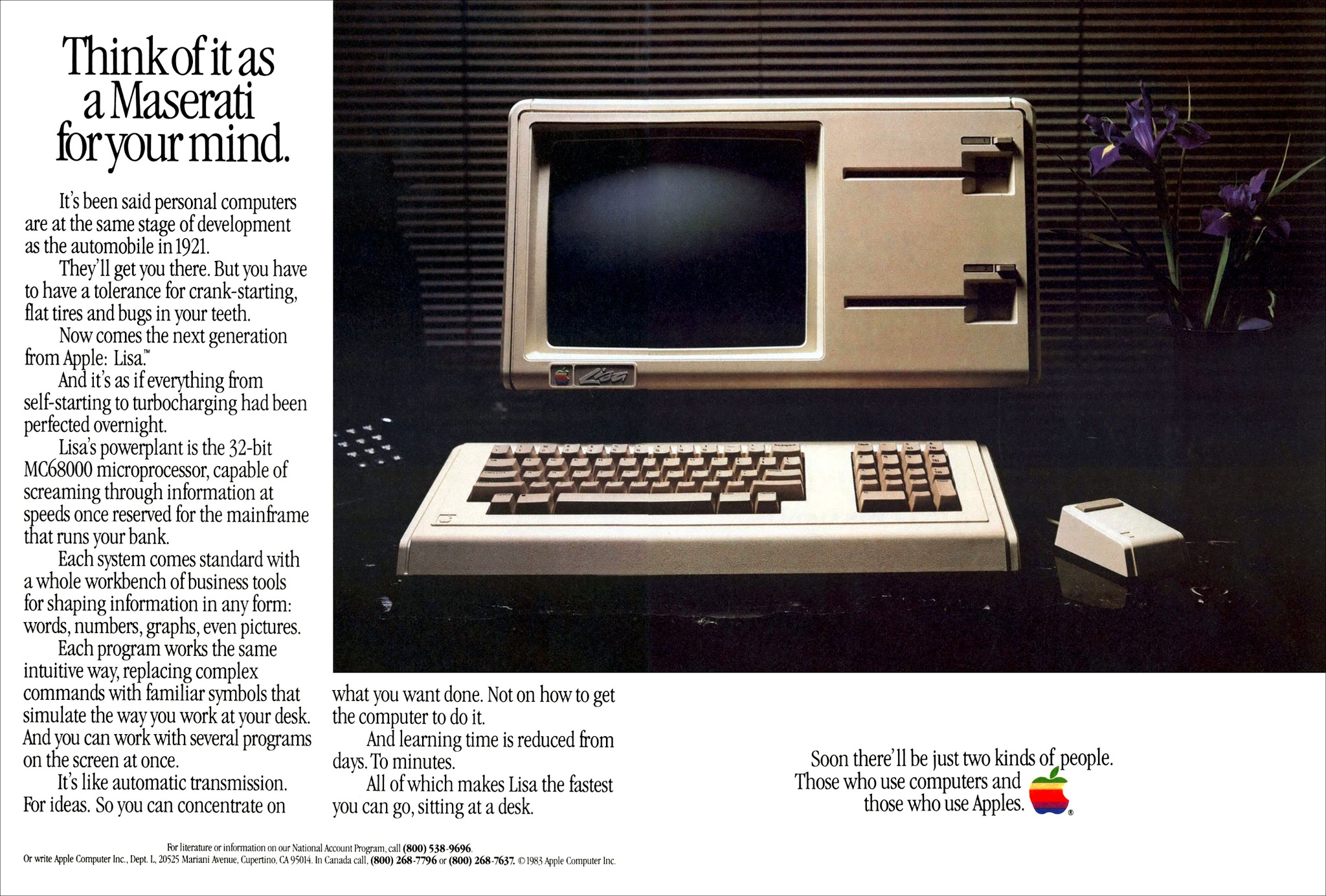
18 January
1535 Francisco Pizarro founded the city of Lima in Peru. I only know it through novels like Isaac Goldemberg’s ‘Remember the Scorpion,’ discussed elsewhere on this blog, and many titles from Mario Vargas Llosa. In short order the Spanish extracted so much silver from Peru in pieces of eight that it drove the value of the metal down. In 1551 the first university in the new world was founded there. it figured in the world news today. Yuck.
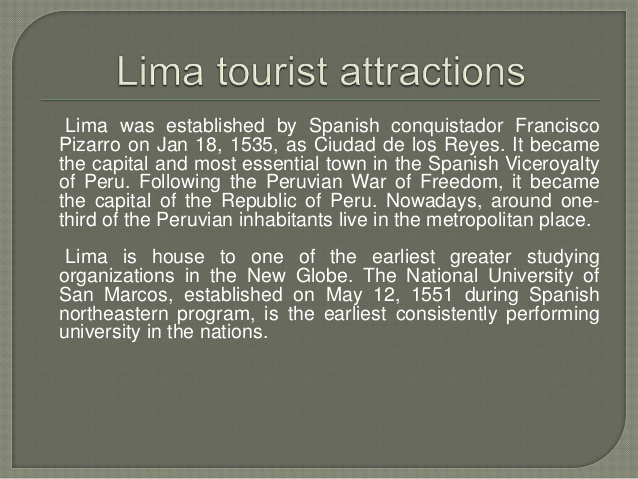
1788 Captain Arthur Phillip and the First Fleet of 736 British convicts arrived at Botany Bay. These days it is described as The Invasion. What a bedraggled set of invaders they must have been. First in Botany Bay, then Manly Cove, and finally Sydney Harbour.
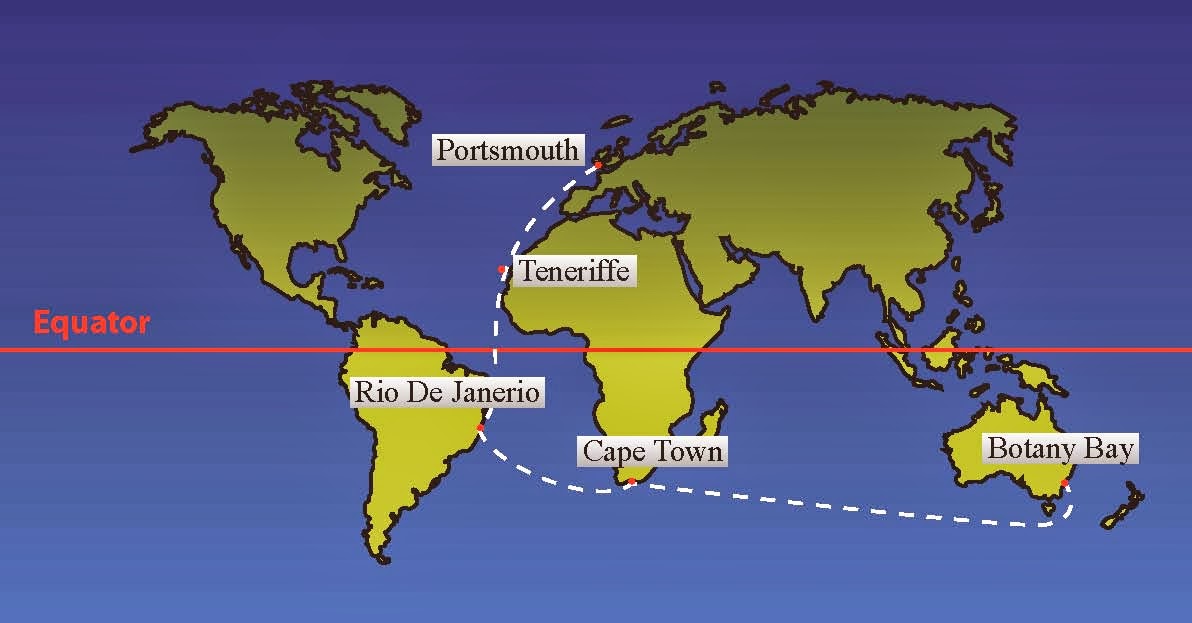
1778 The English explorer Captain James Cook became the first European to see the Hawaiian Islands. He named them for the First Lord of the Admiralty, Lord Sandwich. Hawaii is our second home.
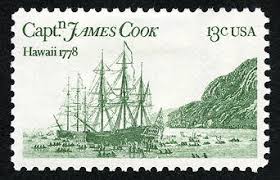
1912 Robert Scott and party reached the South Pole to discover that Roald Amundsen, the Norwegian explorer, had preceded them by just over a month. It got worse. Not on our itinerary.
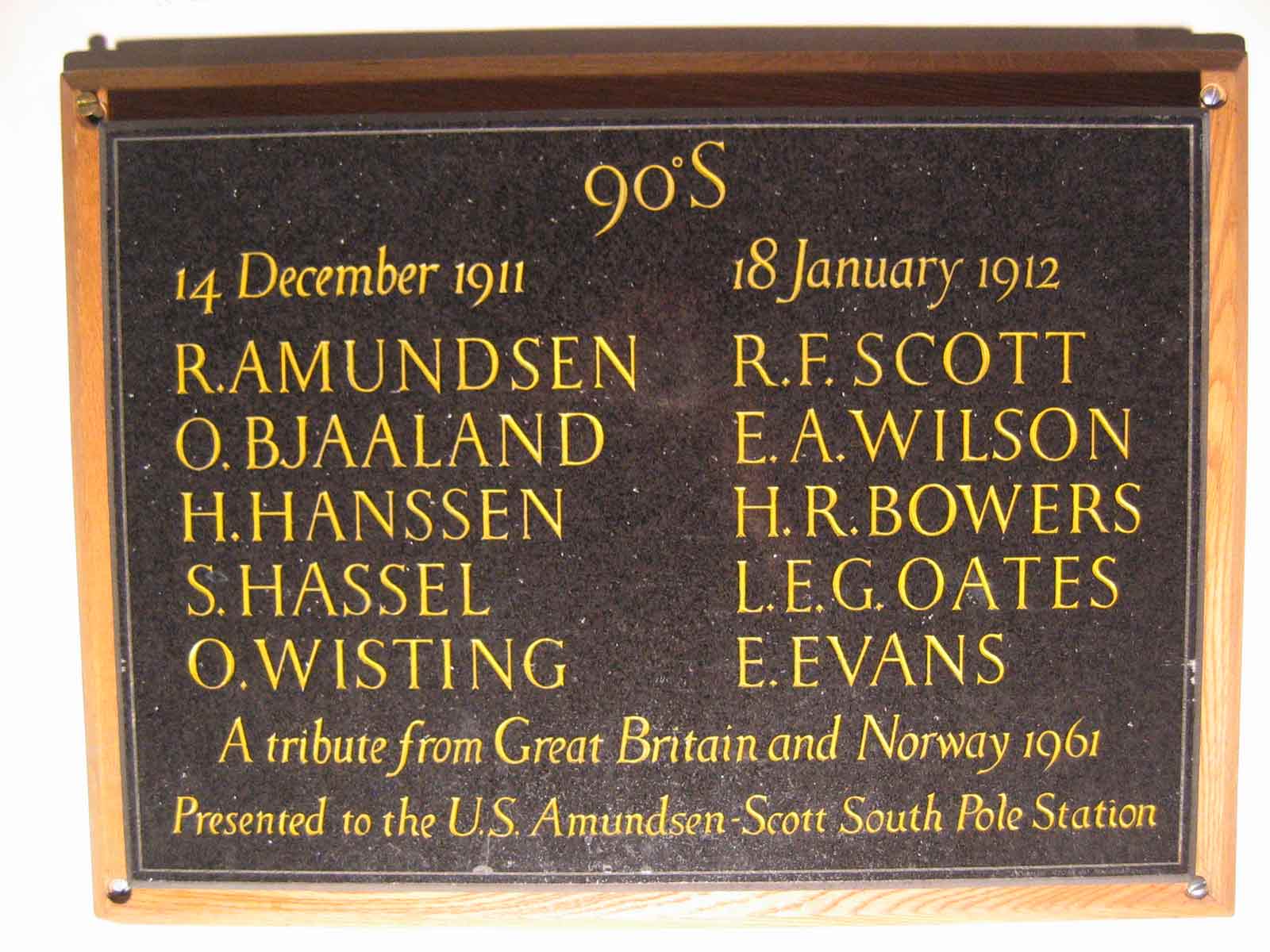
1919 Bentley Motors Limited was founded. Seen a few but never been in one.

17 January
1773 Captain James Cook’s ship, the ‘Resolution,’ became the first recorded ship to cross the Antarctic Circle.
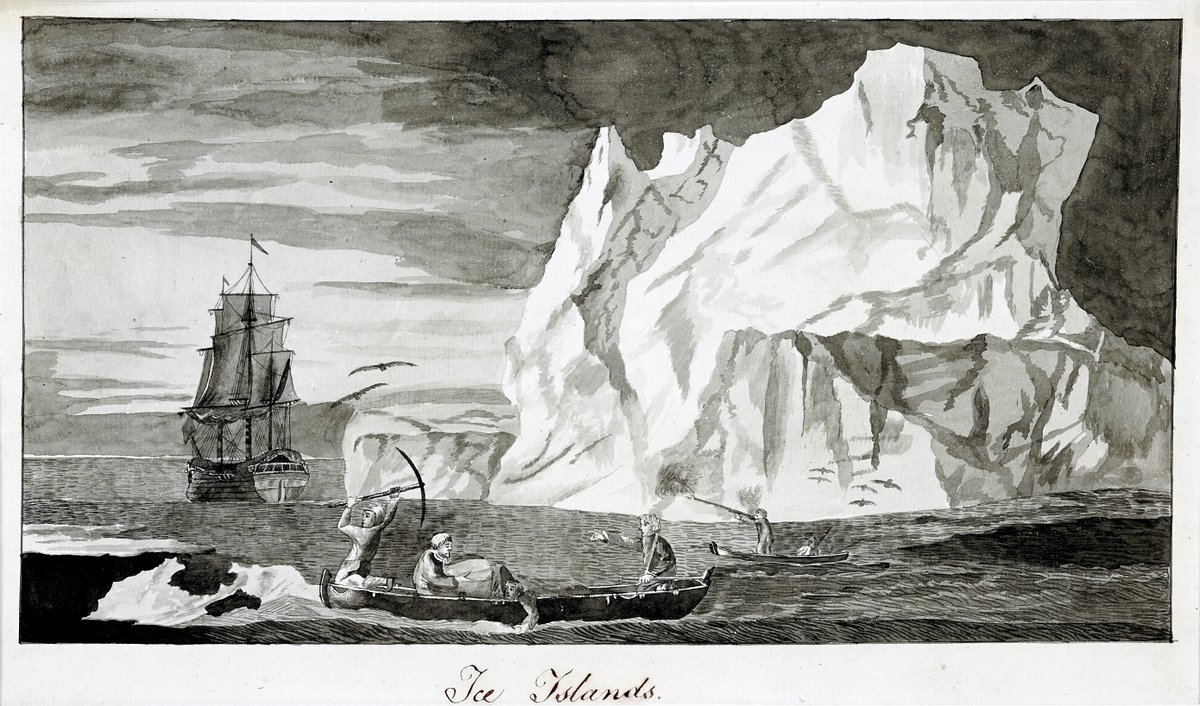
1819 Simón Bolívar, the “Liberator,” proclaimed Columbia a republic. Though he himself was hardly a republican. A review of the biography below is to be found elsewhere on this blog.
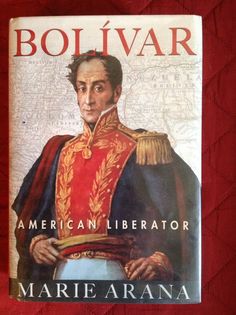
1821 Mexico permitted three hundred American families to settle in Texas. The Austin family land grant is represented below. We saw the original in the museum in Austin. These three hundred became known as the Old Three Hundred in Texas society. A regime change in Mexico City soured relations with the immigrants in short order. The new regime also alienated the Mexicans living in Texas who allied with the immigrants.
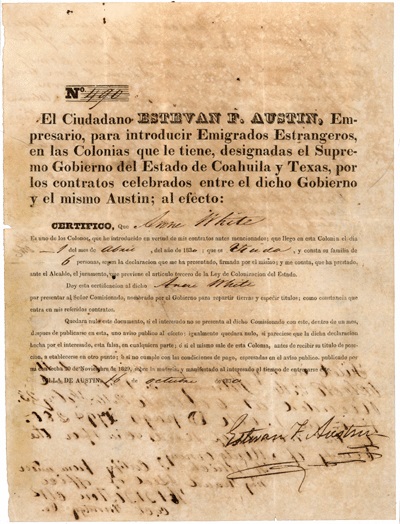
1917 The United States paid Denmark $25 million for the Virgin Islands. Denmark had little capacity to control the islands, while the United States feared that if Denmark fell into German hands, then U-Boats might be stationed there. The Islands were regarded as forward defence of the Panama Canal.
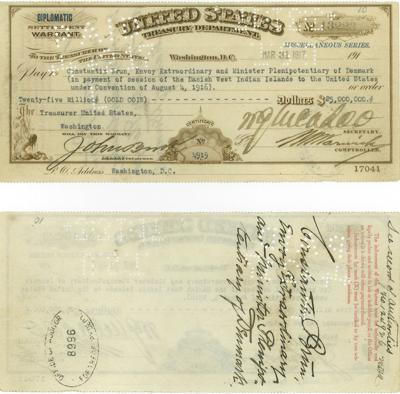
1949 The Volkswagen Beetle went on sale in the United States. Two were sold. We have each owned one and ridden in many others.
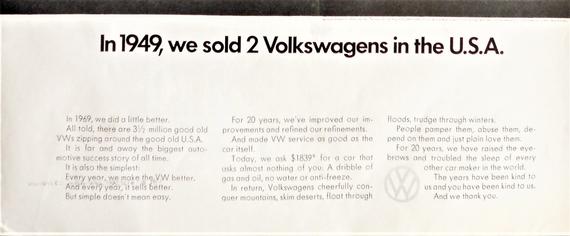
16 January
926 Caliphate of Cordoba was established by Emir Abd-ar-Rahman III. It occupied all of Southern Spain. We have been to Cordoba.

1547 Ivan (the Terrible) IV crowned himself the Czar of Russia in the Assumption Cathedral in Moscow. We have seen this church within the walls of the Kremlin. Sergei Einstein’s movie about Ivan is memorable.
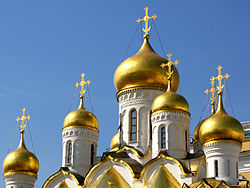
1793 Port Jackson, NSW, the supply ship Bellona arrived carrying the first group — thirteen in number — of free setters to arrive in Australia. They were granted land at what they called Liberty Plains (Strathfield today.)
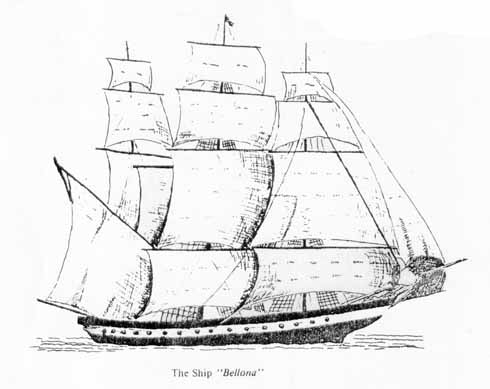
1883 The Pendleton Act created the professional US Civil Service. It is discussed elsewhere on this blog in connection with a biography of Chester Arthur. It was one of the most significant achievements on the Nineteenth Century. Regrettably, it has largely been forgotten.
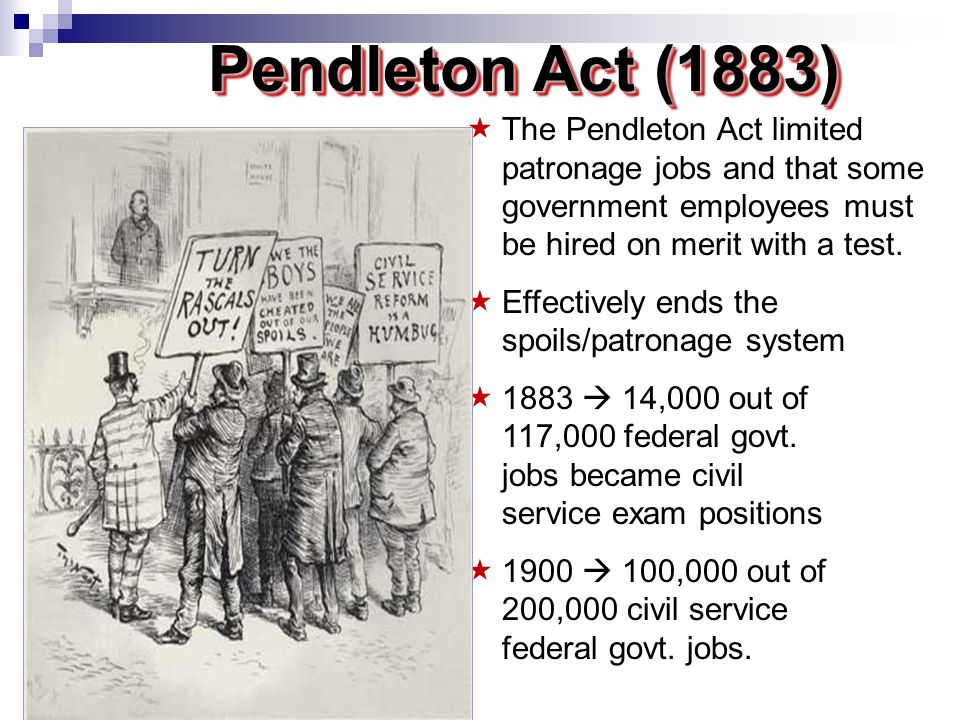
1909 Australian geologists Douglas Mawson and Edgeworth David become the first people to reach the magnetic South Pole. The Edgeworth Davis building was a feature of the University of Sydney campus for fifty years until the wrecker came to the ball. I have been fascinated by Antarctic museums in Christchurch and Hobart.
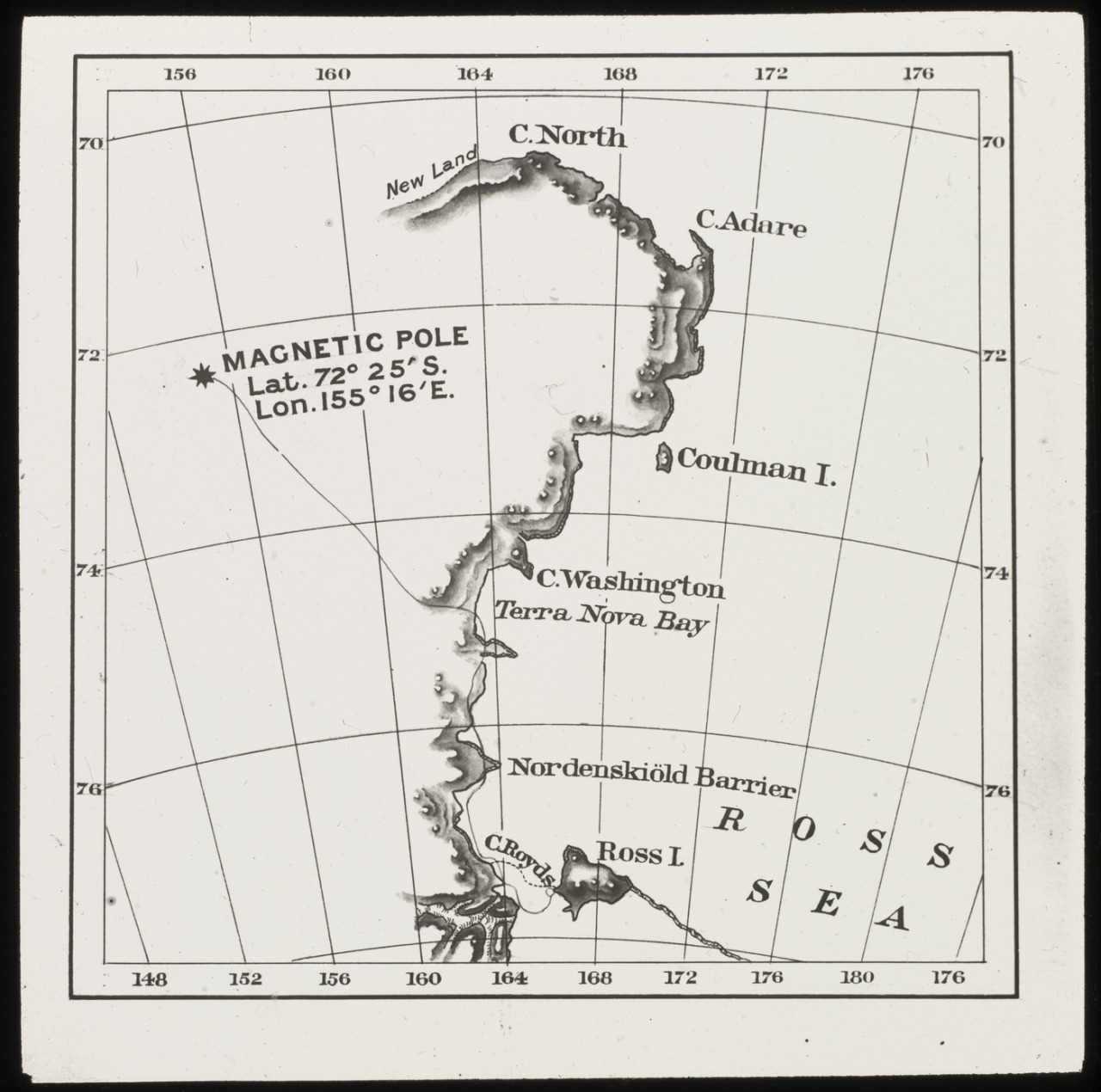
15 January
1759 The British Museum opened in Montague House as a “universal museum.” Physician and naturalist Sir Hans Sloane had gathered a collection of curiosities of around 71,000 objects of all kinds including some 40,000 printed books, 7,000 manuscripts, extensive natural history specimens including 337 volumes of dried plants, prints and drawings including those by Albrecht Dürer and antiquities from Sudan, Egypt, Greece, Rome, the Ancient Near and Far East and the Americas. He wanted the collection to remain whole. Sloane was an Ulsterman. We have been through the Museum many times.
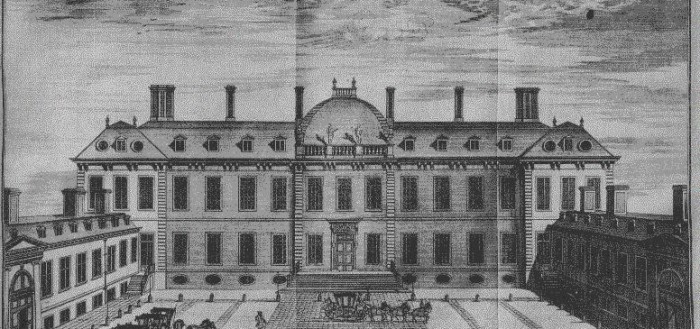
1777 Vermont declared its independence of Britain and New York colony. The subsequent Vermont constitution is the first written one in North America with universal male suffrage and the abolition of slavery. During the Revolutionary War, it was a co-belligerent with the colonies but in no way united with them. After the end of the War, for two years Vermont was an independent and sovereign state. It became the fourteenth state in 1792 (admitted to balance the slave site of Kentucky).
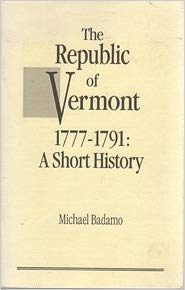
1797 The first Top Hat was worn by haberdasher James Heatherington in England. When Heatherington stepped from his shop wearing his unusual headgear, a crowd quickly gathered to stare. The gathering soon turned into a crowd crush as people pushed and shoved against each other. As a result, Heatherington was summoned to appear in court and fined £50 for breaching the peace. He was also charged with appearing “on the public highway wearing a tall structure of shining lustre and calculated to terrify people, frighten horses and disturb the balance of society.” However, within a month, he was overwhelmed with orders for the new headwear.
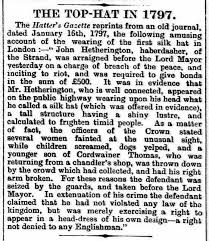
1933 ‘The Change’ at Amana Iowa ending communism in the United States. After a vote in 1932 the Amana colonies became a joint stock company in a corporation. The colonists began using the US dollar among themselves for the first time. The Amana Colonies were founded in 1843. We have been there a number of times for eye filling. Amana turned itself into a manufacturer of refrigeration.
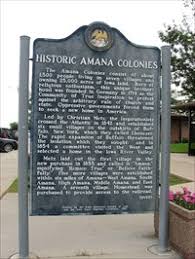
2001 Wikipedia went on line. Not even twenty years old and already a know-it-all. At the time there were so many pointless and amusing discussions at university committees about banning Wikipedia. No doubt there had been earlier committee discussions in the very same room about banning pencils with erasers.
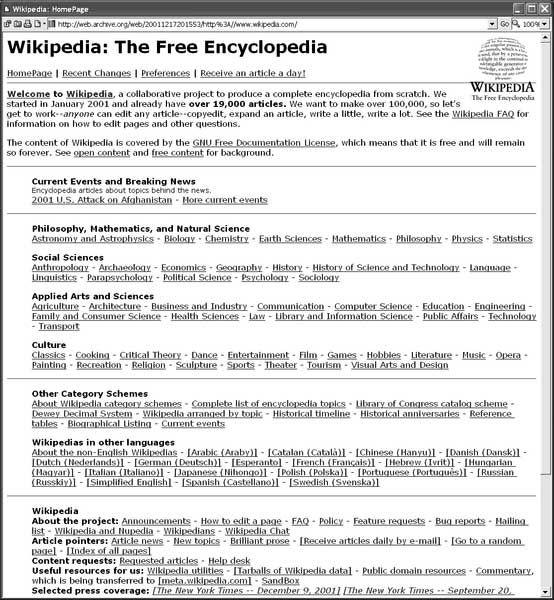
14 January
1559 Elizabeth I was crowned queen of England. Long did she reign. There is a discussion of Lisa Hliton’s biography of Queen Lizzie elsewhere on this blog.
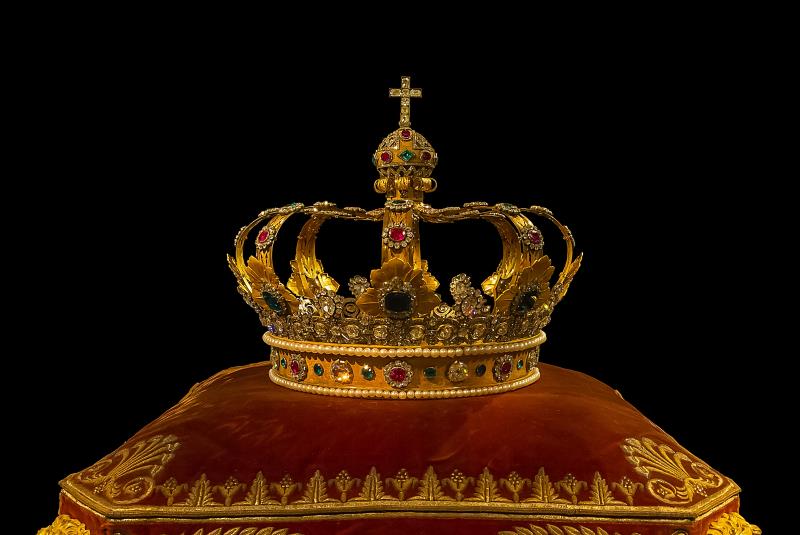
1794 Dr Jesse Bennet of Edom, Virginia, performed first recorded successful Cesarean section operation in the U.S. It was on his wife Elizabeth. Both daughter and mother survived. The attending physician had refused to intervene, because God told him not to do so. Dr. Bennet stepped in.
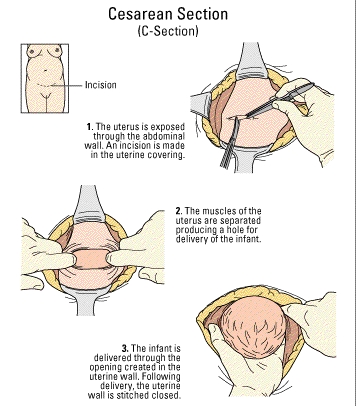
1873 John Wesley Hyatt registered “Celluloid” as a trademark in US patent 50359. Hyatt had formed the Albany Dental Plate Company using celluloid to produce billiard balls, false teeth, and piano keys to substitute for ivory ( which was expensive and hard to get).

1953 Josip Broz, code name Tito, became president of Yugoslavia. Tito had been his nom de guerre during World War II in the Balkans. When he died in 1980 Yugoslavia gradually disintegrated into internecine and endless ethnic violence which had been preserved in amber since 1953.
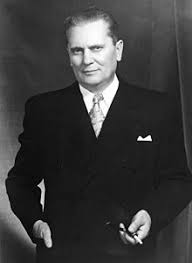
1973 The Miami Dolphins defeated the Washington Redskins in the Super Bowl, becoming the first and only team in National Football League history with an undefeated season of 17 wins and no losses.
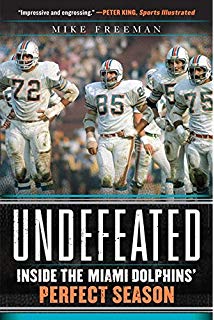
‘Corner Gas: The Movie’ (2009)
IMDb meta-data is runtime of 1 hour and 3 minutes, rated 6.8 by 1529 cinematizens.
Genre: droll and catatonic.
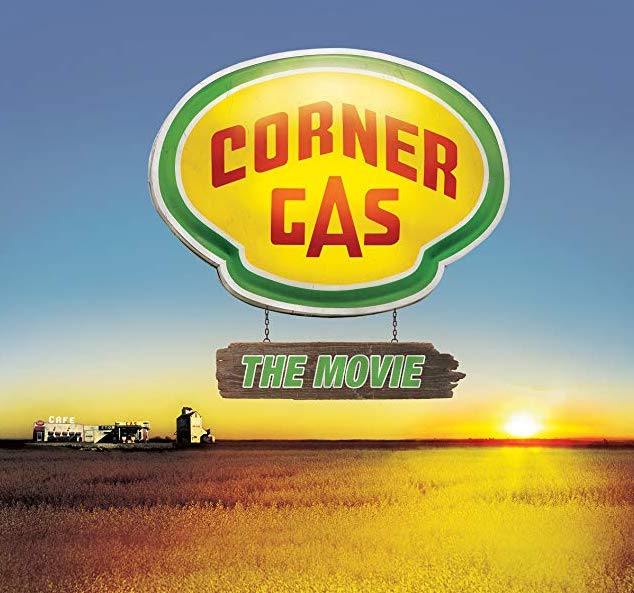
Verdict: Nice and easy reprise.
In the town of Dog River — population few, location distant — on the Canadian Prairies nothing ever changes because nothing ever happens. Then it does. The Global Financial Crisis ate the town’s budget in a single gulp. Electricity, water, police, trash collection, and schools stop. No more nanny state for these survivalists.
Tim Horton’s proposes to buy all the real property in the town and pay all outstanding debts to build an All-Canadian donut factory that will supply the entire country with bad donuts to go with the legendary bad coffee. ‘It may be bad but it’s ours,’ cry the Ca-nationalists!
Residents react by blaming each other, drinking, and gambling. That part was social realism. Then they rally together to save the town. That part was Disney.
There is a series of sit-com vignettes to stretch it out to feature length. Some are amusing, others are funny, and most are neither. At the start and finish are nice shots of the landscape with fields of mustard seed, wheat, and sorghum. I wanted more of that at sunrise and sunset on the vastness of the flat lands.
It was, of course, a reprise of the eponymous television series that ran for six years and one hundred and seven episodes of thirty minutes each on CTV. Watched them all, more than once.
What I learned: pregnant women should not watch film noir because of all the smoking. Horsepower can take several forms. There are no Canadiens in Canada West. It was all so low key that the fraternity brothers passed out before the first word of dialogue.
N.B. In the end credits the entire population of Saskatchewan including expatriate is listed.
13 January
532 In Constantinople the Nika riots began against Emperor Justinian I. The riots grew out of a chariot races in the Hippodrome. The emperor always appeared at the races, and the crowd would shout questions, demands, requests at him between races. This shouting became organised into factions, wearing distinctive colours and supporting horses in the same livery. They were the most violent riots in the city’s history, with nearly half of Constantinople being burned or destroyed and tens of thousands of people killed. Justinian was ready to scarper but his wife, Theodora, convinced him to man up. We have been there and seen that. The obelisks remain.
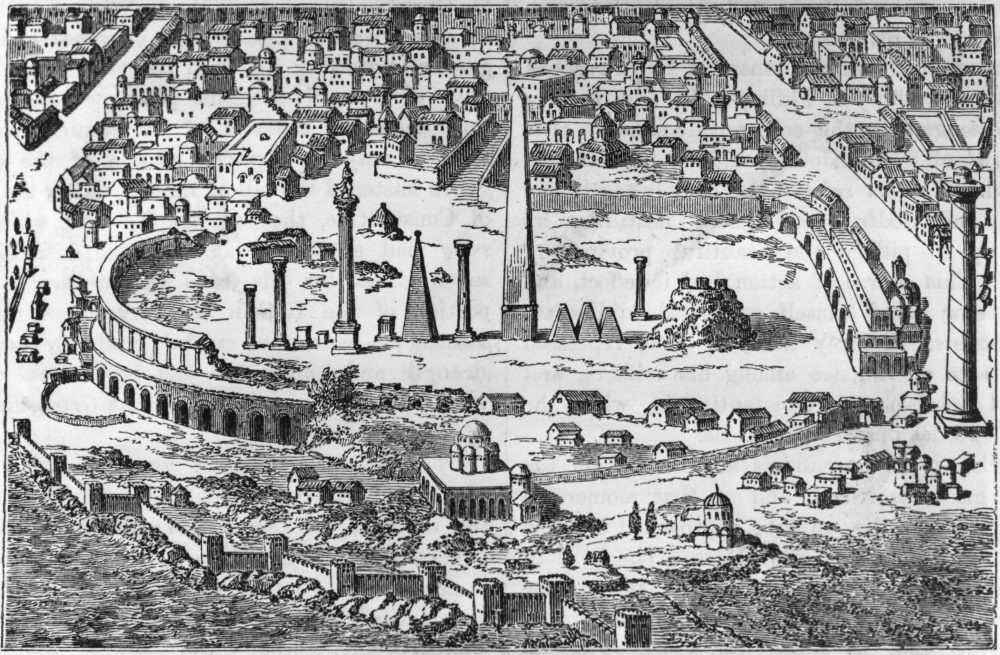
1128 Pope Honorius II gave papal sanction to the military order known as the Knights Templar, declaring it to be an army of God. Full name: Poor Fellow-Soldiers of Christ and of the Temple of Solomon. The Templars built forts and posts along the route of the crusades and sold goods and services, including protection to crusaders and pilgrims. It became one of the first international corporations and began lending money to kings, who were unaccustomed to paying back loans and that led to conflict.

1785 John Walter published first issue of “The Times” of London. He started printing books written by others and notices, brochures, pamphlets, and screeds, and decided to cobble together his own in the the Daily Universal Register which he later renamed The Times. Read it many times when it was a newspaper.
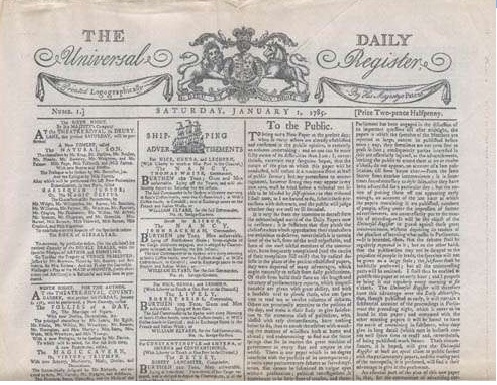
1898 French writer Emile Zola published “J’accuse.” He alleged an extensive perversion of justice and subsequent cover-up in the trial of Captain Alfred Dreyfus. Zola was at the height of his renown and he took a considerable chance in this publication. He was attacked in the street, sued, and evicted and went into voluntary exile in London for a time. However, he was right in every detail in a world where facts counted.
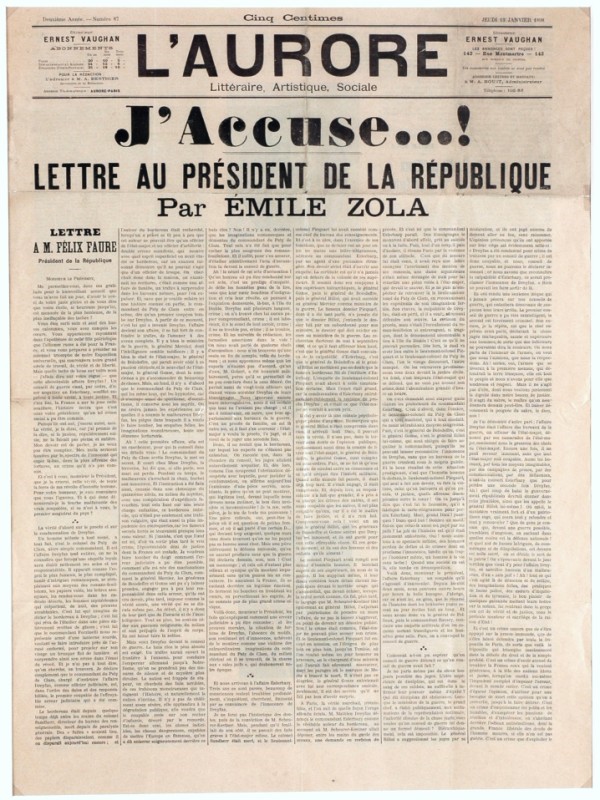
1989 The ruins of Mashkan-shapir (occupied 2050-1720 BC) were found in Iraq about 140 kilometres south of Baghdad. It was a Babylonian city from the time of Hammurabi who had the code of laws carved on the walls for all to see. The site is nearly unique because it was not built over in subsequent years nor was it scavenged for building materials and so much remains in situ as it was left. However in the aftermath of the Gulf War it was virtually destroyed by looters.

‘The Affairs of Jimmy Valentine’ (27 March 1942)
IMDb meta-data is one hour and twelve minutes, rated 6.5 by 73 cinematizens
Genre: Mystery.
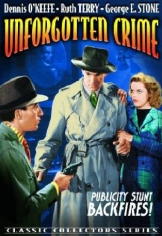
Verdict: A misfire.
Affable but cynical Dennis persuades the sponsors of his failing radio mystery program to offer a reward for a notorious cracksman name of Jimmy Valentine. The search narrows his location down by means of the script to Smallville, where everyone suspects everyone else of being Jimmy. Or do they?
Meanwhile, Dennis finds a squeeze, gets to like the town, and, oh incidentally, finds Jimmy but does not. Huh? Yeah, that is what the fraternity brothers said.
It turns out Jimmy has company. The first half is farce and the second half is more serious and there is a nice denouement if the viewer can last that long.
Though radio precipitates the action no further use is made of it. Too bad.
The original story came from that master of irony, O’Henry in ‘Retrieved Reformation.’ Director Bernard Vorhaus handled it well. His HUAC blighted career is described elsewhere on this blog. This film was cut to fit a fifty minute television spot as ‘Unforgotten Crime’ which made it memorably incomprehensible.
Contextual note: In April 1942 the Bataan Death March began when 80,000 exhausted and starving Filipino and American prisoners of war were marched 100 kilometres with neither food nor water. As many as a third died en route. The subsequent surrender of the bastion on Corregidor yielded another 15,000 prisoners. Filipino officers were singled out for torture, abuse, and murder. The defence at Bataan and on Corregidor threw off the Japanese timetable by three months which significantly slowed and impaired the descent on New Guinea and the Solomon Islands. While news of the defeat figured in the newsreels in theatres before movies like this were shown, the story of the death march was suppressed until late in 1944.
